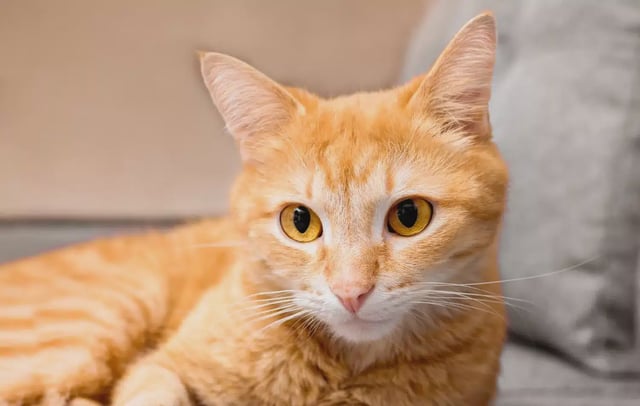Overview
- Researchers from Kyushu University and Stanford University independently identified a 5.1-kb deletion in the ARHGAP36 gene as the genetic basis for orange fur in domestic cats.
- The mutation is X-linked, explaining why most orange cats are male and why female carriers display calico or tortoiseshell patterns due to random X-chromosome inactivation.
- The deletion alters gene regulation in melanocytes, shifting pigment production from dark eumelanin to lighter pheomelanin, resulting in orange coloration.
- The findings, published simultaneously in *Current Biology*, suggest the mutation originated from a single ancestral event in domestic cat populations.
- ARHGAP36’s activity in brain and hormonal tissues raises questions about potential effects beyond coat color, with researchers exploring its broader physiological and evolutionary roles.



